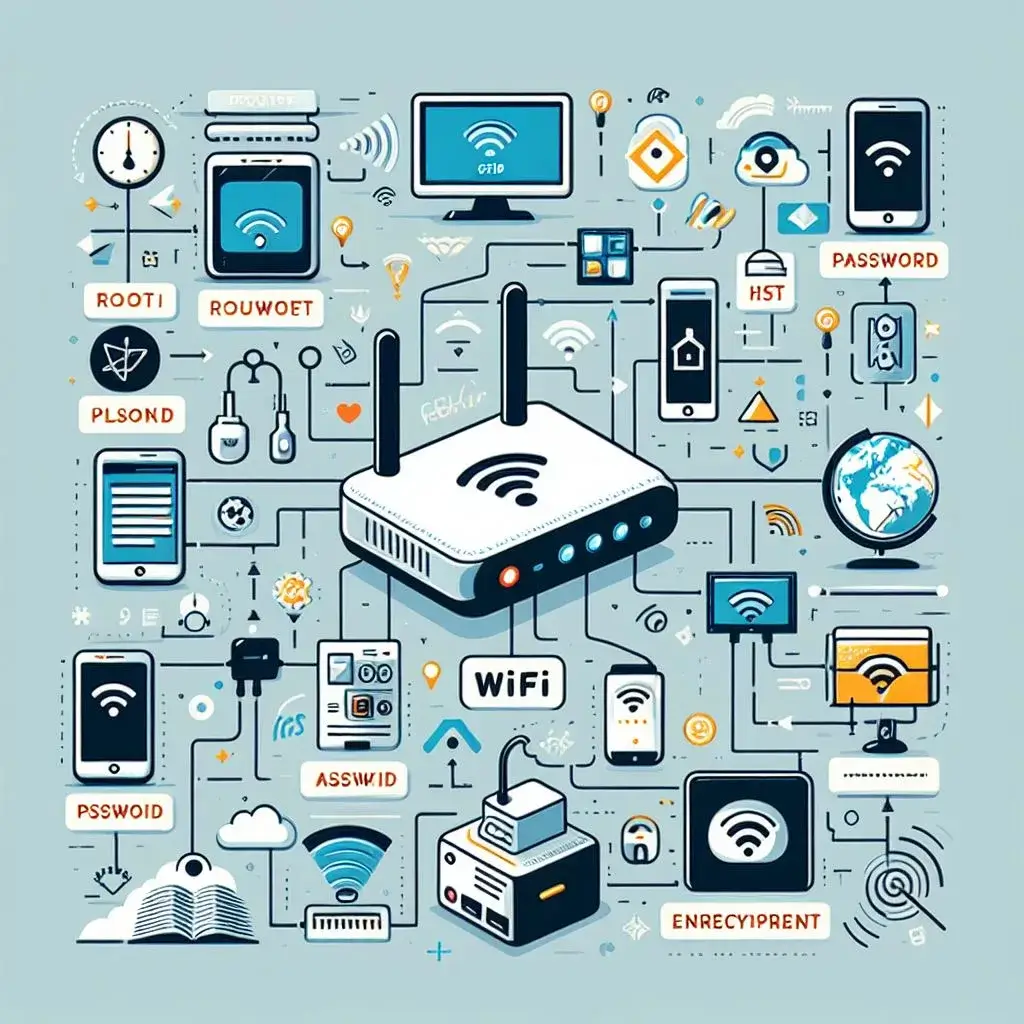WiFi connection guide. The world we live in thrives on connectivity, and at the heart of this digital ecosystem lies the humble WiFi router. It’s that one faithful gadget that ensures our life online remains uninterrupted. Whether it’s about working from home, attending virtual classrooms, or binging on the latest Netflix series, a robust WiFi connection is essential. In this WiFi connection guide, we delve into the nitty-gritty of setting up your home WiFi router and extenders, and explore the futuristic realms of WiFi 6 and WiFi 7. Let’s embark on this journey to ensure your home is wirelessly well-connected, shall we?
WiFi connection guide
Understanding Your Needs
Before diving into configurations of this WiFi Connection Guide, it’s imperative to understand your specific needs. Are you a casual browser, a gamer, or someone with a home office? The requirement of bandwidth and speed varies significantly across different use cases. Moreover, the size and layout of your home also play a crucial role in deciding the kind of equipment you need.
Choosing the Right Router
Selecting a router that caters to your needs is the cornerstone of a robust WiFi connection. For instance, a dual-band router can be a good choice for a small to medium-sized home, while tri-band routers are better suited for larger homes or small offices.
Mesh Networks
In larger homes or places with multiple floors, a mesh network could be a life-saver. It comprises several nodes that communicate with each other to spread WiFi coverage throughout your place. Mesh networks are easy to set up and manage via mobile apps.
Configuring Your Router
Getting your router settings right is half the battle won. Let’s explore some critical configurations:
Basic Settings
- SSID (Service Set Identifier): This is your network’s name. Keep it unique and avoid using personal information.
- Password: Ensure it’s strong and changed from the default one provided.
- WiFi Channel: Select a channel that’s less crowded to reduce interference.
Advanced Settings
- QoS (Quality of Service): Prioritize traffic for certain applications or devices.
- MAC Address Filtering: Add an extra layer of security by allowing only specific devices on your network.
- Guest Network: Set up a guest network for visitors to keep your primary network secure.
Embracing WiFi 6 and WiFi 7
The advent of WiFi 6 and the upcoming WiFi 7 are changing the WiFi game. They promise faster speeds, lower latency, and better handling of multiple device connections.
WiFi 6
Also known as 802.11ax, WiFi 6 offers a significant speed bump over its predecessors. It’s perfect for high-density areas and supports more simultaneous device connections. Learn more about WiFi 6 on the IEEE website.
WiFi 7
The yet-to-be-released WiFi 7 (802.11be) is poised to take wireless connectivity to a new level, offering even higher speeds and better performance. Stay updated with the progress of WiFi 7 standards at IEEE.
Extending Your WiFi Range
Sometimes, a single router isn’t enough to cover the entire area. That’s where extenders and additional mesh nodes come in handy.
WiFi Extenders
These devices capture the WiFi signal from your router and rebroadcast it, expanding the coverage area.
Additional Mesh Nodes
Adding more nodes to your mesh network can significantly improve coverage and performance.
Conclusion
Setting up and optimizing your WiFi connection requires a blend of the right equipment and configurations. In this WiFi connection guide, we covered the basics and touched upon the next-gen WiFi 6 and WiFi 7 technologies. Are you ready to level up your home WiFi game? Dive into the comments and share your WiFi setup experiences with us!



